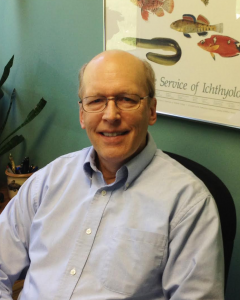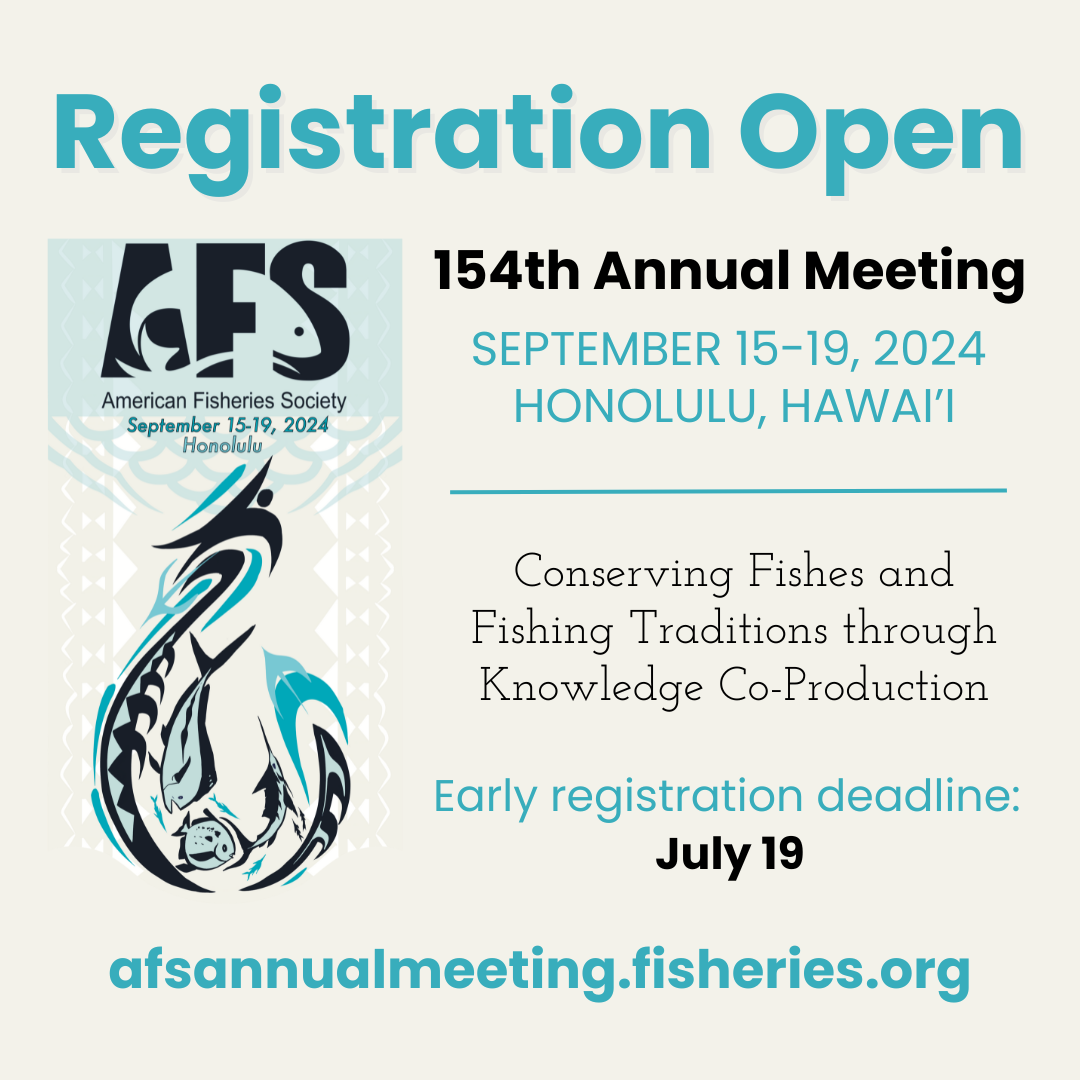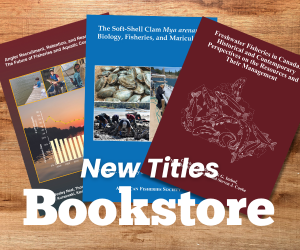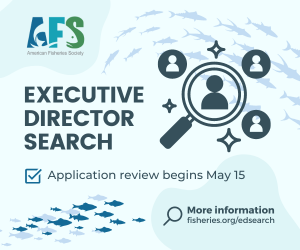One of my AFS roles is as your official liaison to three groups—the Coastal and Estuarine Research Federation, The Coastal Society, and the National Fish Habitat Partnership. Though interesting and valuable, those liaison roles have never been defined, as underscored in 2016 when then–AFS President Ron Essig requested liaison reports for the Governing Board meeting in Kansas City. Those 16 reports were framed by key questions that apply to each volunteer AFS liaison and partner; for example, shared purpose and mission, recent events involving AFS, and upcoming opportunities.
We assume each partnership will yield success, but was that happening? Was the effort reciprocal and balanced? With that in mind, the questions helped me to identify opportunities in 2016 with the greatest benefits to AFS interests.
Essig’s questions were instructive personally and for AFS. Each liaison role is assumed to be mutually beneficial, but that evaluation is ongoing. As I prepared my three liaison reports, I came to appreciate the probing questions; they framed a challenge to me on behalf of AFS and each partner. We assume each partnership will yield success, but was that happening? Was the effort reciprocal and balanced? With that in mind, the questions helped me to identify opportunities in 2016 with the greatest benefits to AFS interests. They might also help you in your line of fish work.
One of my liaison roles is with the Coastal and Estuarine Research Federation (CERF; www.erf.org). CERF is a professional society with a technical journal, biennial conferences, and a strong scienti c tradition. Its topical and geographic overlap with AFS is obvious, and more than a few AFS members also belong to CERF. In fact, Karin Limburg (president, Estuaries Section) has also served as the AFS liaison to CERF. AFS and CERF are also active members of the Consortium of Aquatic Science Societies. With signi cant overlaps, it’s not surprising that the CERF 2015 conference welcomed an AFS-organized session on “Estua- rine Fishes as Integrators of Watershed Health” and that CERF invited AFS to sit on its Policy Committee as they debate how best to share their technical knowledge with resource managers and policy makers. I expect this partnership to deepen as CERF plans for its 24th biennial conference in Providence, Rhode Is- land, in November 2017. It would be nice to export a session or speaker from the AFS 2017 meeting to CERF’s biennial conference or vice versa.
Another liaison role is with the National Fish Habitat Partnership (NFHP; www. shhabitat.org), a 10-year-old, state-led effort to protect and restore freshwater and marine sh habitats. AFS has been involved with this group from the beginning—long- time member Stan Moberly represented us on the board, and AFS Executive Director Doug Austen served several years as co-chair of the NFHP Board while he led the Pennsylvania Fish and Boat Commission. When Stan retired several years ago, the AFS seat shifted to the Bethesda office and then to the AFS Fish Habitat Section. As president of that Section, I am the AFS liaison through the Tampa Annual Meeting this August, when the role shifts to the next Section president, Tom Lang. This partnership and the liaison role give AFS great visibility in fish habitat circles. We have used our voice to encourage NFHP to meet at AFS Annual Meetings, to develop technical sessions, and (hopefully) to launch a continuing education course at our Tampa meeting. The most likely topic for that course is the 2015 publication of the National Fish Habitat Assessment (NFHP 2016). With appropriations always lagging behind our needs, the assessment is also a priority issue for AFS because we want to confirm that the assessment is worth the investment.
My third partner is The Coastal Society (TCS; www.thecoast- alsociety.org), an AFS friend dating back to the late 1970s when TCS shared administrative services and of ce space with AFS. TCS just celebrated its 40th anniversary and is the oldest coastal association in the world. As such, it offers AFS opportunities to reach broad audiences across the aquatic sciences, management, policy, and education. I just nished my year as the immediate past president, a role that offered AFS the opportunity to join TCS at four career fairs and to organize a coastal sh habitat session at the 2016 Coastal Summit sponsored by Restore America’s Estuaries and The Coastal Society (www.estuaries.org/summit). Of special interest to AFS members should be the special issues of Coastal Management, the of cial journal of TCS, on aquatic issues. Based largely on the 2014 summit, TyAnn Lee and I coedited “Conserving Coastal and Estuarine Habitats” (Bigford and Lee 2016). A special issue based on the 2016 summit will focus on ecosystem services, with the AFS-organized session on “The Importance of Coastal Habitats to Harvested Species” likely to be submitted to the editors for their consideration.
Whether you’re an official liaison or a dutiful AFS emissary or have interests in a new partner, please consider the contributions you can make for AFS and to AFS. We’ll all benefit from your efforts! Share your ideas with an officer so that AFS can become more efficient and effective.






